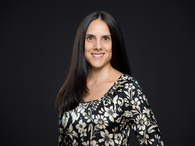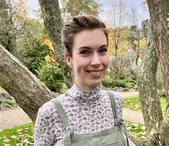In our #NextGen Signalling Scientists series, we shine the spotlight on early career researchers who are shaping the future of signalling science at CIBSS.
In a three-question format, the next generation of signalling scientists offer insights into their research projects, how they navigate academia, and what motivates them to advance their research.








